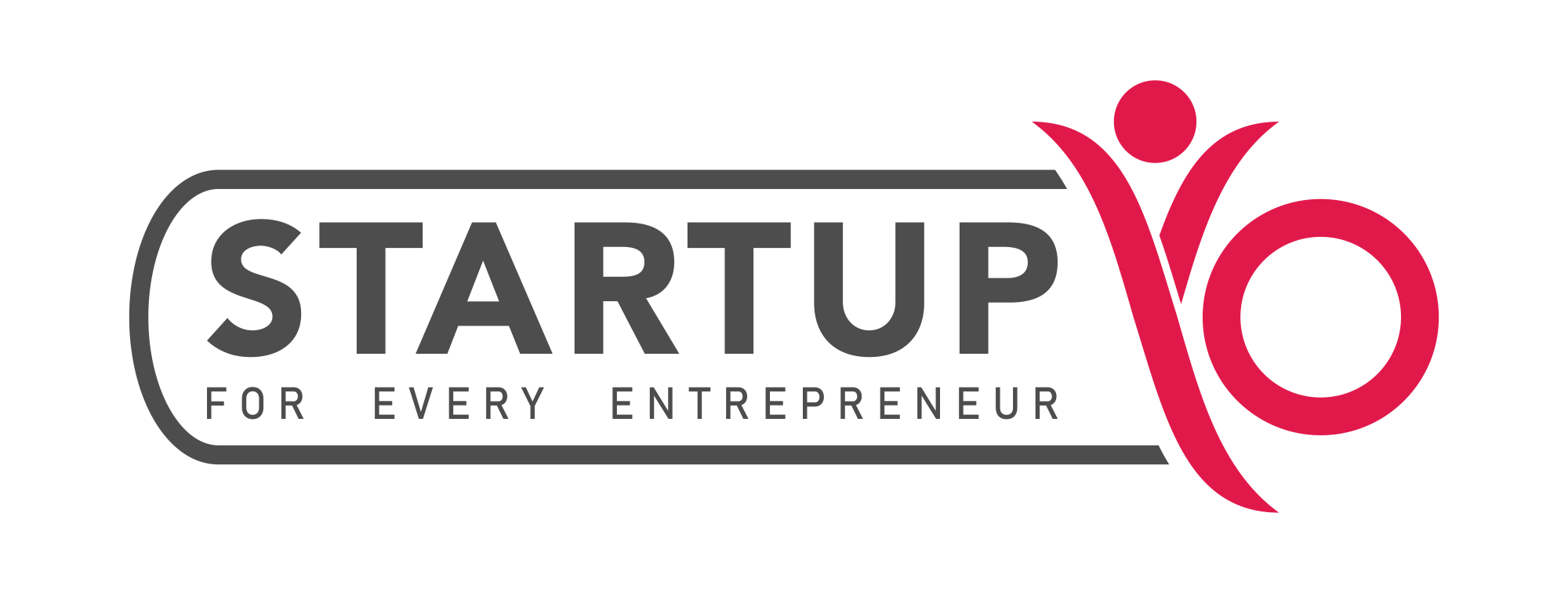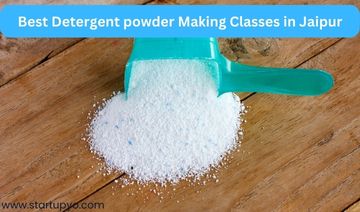Overview
This article is about that product which is the prerequisite in the make up of every typical Indian household, it’s the main reason we’re asked to leave our shoes outside and not roam around with dirty feet so that we don’t ruin the Carpet.
Did you know? The Indian carpets manufactured in India are sold at a price 5 times higher in USA than in India? Exactly, That’s how much it’s labor intensive, precision and artisanal work is valued abroad.
Carpets are the monopoly for India. India is the world’s largest producer and exporter of carpets in terms of volume and value. Around 75%-85% of carpets manufactured in India are sold in over 70 countries of the world.
This Carpet making business which has been and ancient tradition and has become a flourishing industry since the 16th century with all the competitive edge to you in terms of labor, Indian handicrafts, raw material has bought to you this business opportunity. It’s time you take this legacy forward and here’s how.
Read More: How To Start Interior Designing Business ?
Market potential and uses
Carpets are textile floor coverings which are typically made of a thick woven fabric. These could be classified on the basis of
- Handmade carpets
- Manufactured carpets
The market potential for carpets is vast contributing to its domestic as well as foreign demand. Infact exports of carpets from India stood at $1.37 billion in 2020.
Further the market for carpets is rising because of the handcraft and artisanal and labour intensive, precision work involved in it which attracts a huge foreign demand and domestic demand because of unique regional artwork involved in carpet making specially in Agra, Jaipur etc.
The market potential for this business can be further be elaborated and dug into on the following basis
- Nylon
- Triexta
- Polyester
- Wool
- Olefin
- Low pile carpet
- Medium pile carpet
- High pile carpet
- Texture carpet : in rooms and bedrooms
- Berber carpet. : in stairs, hallways and basement
- Pattern carpet : in commercial offices
- Symmetrical knot
- Persian knot
- Tibetan knot
- Jufti knot
Read More: How To Start Event Planning Business ?
- Insulating a person’s feet from cold floor or tiles
- Used for performing holy prayers
- Used to make a space or room comfortable
- Used to decorate the interiors
- Used emit sound while walking
- Used for meditation
- Woollen yarn spinning
- Yarn dying
- Raw washing
- Weaving
- Designing
- Yarn opening
- Shearing
- Embossing
- Binding
- Seinging
- Final clipping
- Stretching
- Drying
- Final washing
- Packaging
- GST registration
- MSME registration
- Factory license
- Trade license by CEPC
- NOC by the state pollution control board
- Wool cotton
- Synthetic yarn
- Dyes
- Chemicals
- Packing material
- Tufting machine
- Shearing and trimming machine
- Wool extraction machine
- Stitching machine
- Dying machine
- Digital printing/printing machine
- Yarn heatsetting machine
- Back coating machine
The manpower required to set up this carpet making business is
- 3-skilled workers
- 5-unskilled workers
Moreover, ample training in terms of the following must also be provided with
- Machine usage
- Equipment handling
- Safety and precautions
Investment required
The investment required to set this business is ₹5 lakh – ₹ 10 lakhs.
Profits made
The profits from this carpet making business is ₹50000-₹100000 per month.
Target consumers
The target consumers for your carpet making business are
Households: These require carpets to make their living room and bedrooms look more decorative of for the purpose of maintain a safe environment or flooring for children to play.
Hotels and restaurants: These require carpets for decorative purposes to give the place an appeal usually for the entrances and sometimes to embed flooring with carpets to give an afghani or Mughal vibe.
Meditational centres: Carpets are also used in certain meditation centres which requires the people to perform floor meditational exercises and practices to give them an authentic experience.
Commercial offices: The huge modern and contemporary offices spaces make use of carpets for the purpose of adding an organised and aesthetic element to give the place more of an appeal usually in cabins, conference rooms, corridors etc.
Theatre halls: The cinema halls, multiplexes and theatre halls etc also require carpets of high pile material to give them an appeal while making it comfortable for the audience to enjoy their experience while they are at it.
Exhibitions: The handicraft exhibitions, artisanal shows, etc could also be your potential target customers to attract the foreign demand from tourists, domestic travellers etc.
Area required
The area required to set this carpet making business is 1000sqft-1500 sq ft.
Business model and growth
The business model of a carpet making business can be defined using these four variants
- Largely available raw materials and labour
- Huge demand from domestic and international tourists
- Large government assistance
- Interior designers and contractors
- Cinema halls
- Households
- Commercial offices
- Religious places
- Hotels and restaurants
- Meditational centres
- Karpets by KRS
- Maharaja carpets
- Saif carpets pvt ltd
Marketing strategy
The marketing strategy that can be implemented by your carpet making business is
- Tie ups with interior designers and contractors.
- Participation in trade shows and exhibition fairs.
- Bulk and cash discounts to routine customers.
Growth
The carpet making business has the potential and has witnessed the following growth prospects
- The Indian handmade carpet exports has grown by a CAGR of 4.3% between 2013-2017.
- Because of the growing “Make in India” initiatives the local demand for these carpets have been increasing within India as well as globally among 70 other countries.
Suggestions
Don’t slip this opportunity under the carpet and here’s why
- Firstly, the Indian carpet manufacturing involves traditional handwork, pure fabric and local designs and patterns which attracts a major foreign demand.
- Secondly, the raw material and labour availability in abundance gives you the advantage of minimal investment and cost of production.
- Lastly, it opens gates to establish business with global companies and designers in the interior designing industry.
Disclaimer: The information contained in this Article is for general information purposes only. The information is provided by StartupYo (SAB Weblabs Pvt.Ltd). While we endeavour to keep the information up to date and truest to the best of our knowledge, we make no representations or warranties of any kind, express or implied, about the completeness, accuracy, reliability, suitability or availability with respect to the website or the information, products, services, or related graphics contained on the website for any purpose. Any reliance you place on such information is therefore strictly at your own risk.



